Expressing A and B Are the Same/Different
yīyàng is used to express that two things are the same and bùyīyàng is used to express that two things are not the same.
| Topic 1 + gēn/hé + Topic 2 + yīyàng / bùyīyàng |
|
Zhèjiàn wàitào gēn nàjiàn wàitào yīyàng. ——> This jacket and that jacket are the same. |
|
Zhètiáo kùzi de jiàqián hé nàtiáo kùzi de yīyàng. ——> The price of this pair of pants and that pair of pants are the same. |
|
Zhètiáo qúnzi hé nàtiáo de dàxiǎo bùyīyàng. ——> The size of this dress and that dress are not the same. |
|
|
|
yīyàng can also go with an adjective. When using this structure, we are describing subject 1 is being as adjective as subject 2.
| Topic 1 + gēn/hé + Topic 2 + yīyàng + adj |
|
Zhèshuāng xiézi gēn nàshuāng xiézi yīyàng hǎokàn. ——> This pair of shoes and that pair of shoes the same good looking. (This pair of shoes is as good looking as that pair of shoes.) |
|
Zhège shǒujī hé nàge shǒujī yīyàng guì. ——> This phone and that phone the same expensive. (This phone is as expensive as that phone.) |


